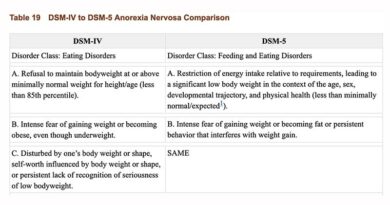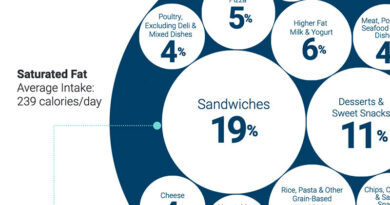The All-Party Parliamentary Group for Type 2 Diabetes
Today’s note was planned to be last Monday’s note, but the spiteful attack from the Mail on Sunday needed addressing immediately (Ref 1). Later on in the afternoon of Sunday 3rd March, I tweeted the following: “I've been overwhelmed, and barely able to keep up, with emails, calls & messages of love and support today. The haters are always going to hate; this is when supporters come into their own and I can't thank you enough” (Ref 2). This has become my most liked tweet ever. That sentiment was true and heartfelt – I really cannot thank you all enough for the support that you showed when Andy and I most needed it.
Today’s note provides the narrative, slides and references from my 10 minute presentation at an All-Party Parliamentary Group (APPG) meeting in the UK parliament on 26th February. I have started to do Executive Summaries for the weekly note, but this one is a summary in itself – of what went wrong with the dietary guidelines and what now needs to happen.
I will thus use the Executive Summary space to quickly address another headline from last week: “Low carb diets may increase risk of atrial fibrillation” (AFib) (Ref 3). The key things to point out to counter this study are:
1) The headlines were disproportionate given that this study is merely being presented as a poster at a conference (Ref 4). No peer reviewed paper has been published that I can review.
2) The announcement about the poster presentation claimed that people in the low carb group were “18% more likely to develop AFib than those with moderate carbohydrate intake and 16% more likely to develop AFib than those with high carbohydrate intake.” We don’t know if these figures are significant from the little information we have. We can’t calculate absolute risk from the little information we have.
3) Low carb was defined as less than 44.8% of daily calories; moderate carb was defined as 44.8-52.4% and high carb as more than 52.4% of calories. There are two further points here: i) there is no obvious rationale for these cut offs, which makes me think that they have been engineered to achieve the desired outcome; and ii) since when was <44.8% low carb and >52.4% high carb?!
There may be a paper published in time. If there is, please let me know if you spot it and I’ll take a look at it.
Back to the topic for this week…
Introduction
The rest of this article is available to site subscribers, who get access to all articles plus a weekly newsletter.
To continue reading, please login below or sign up for a subscription. Thank you.




